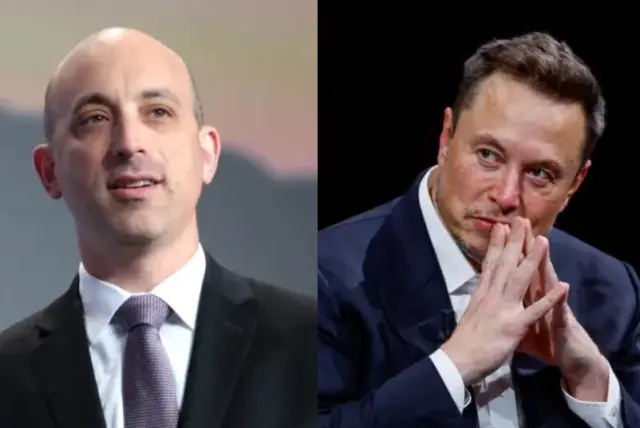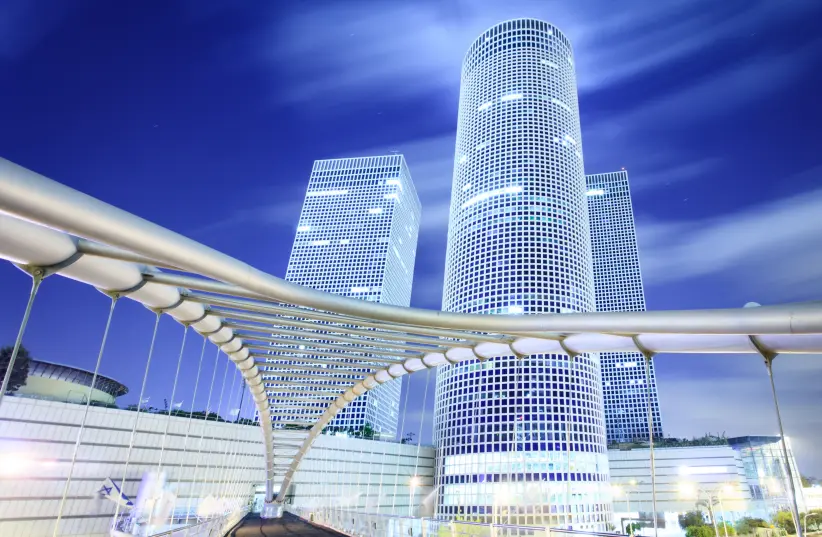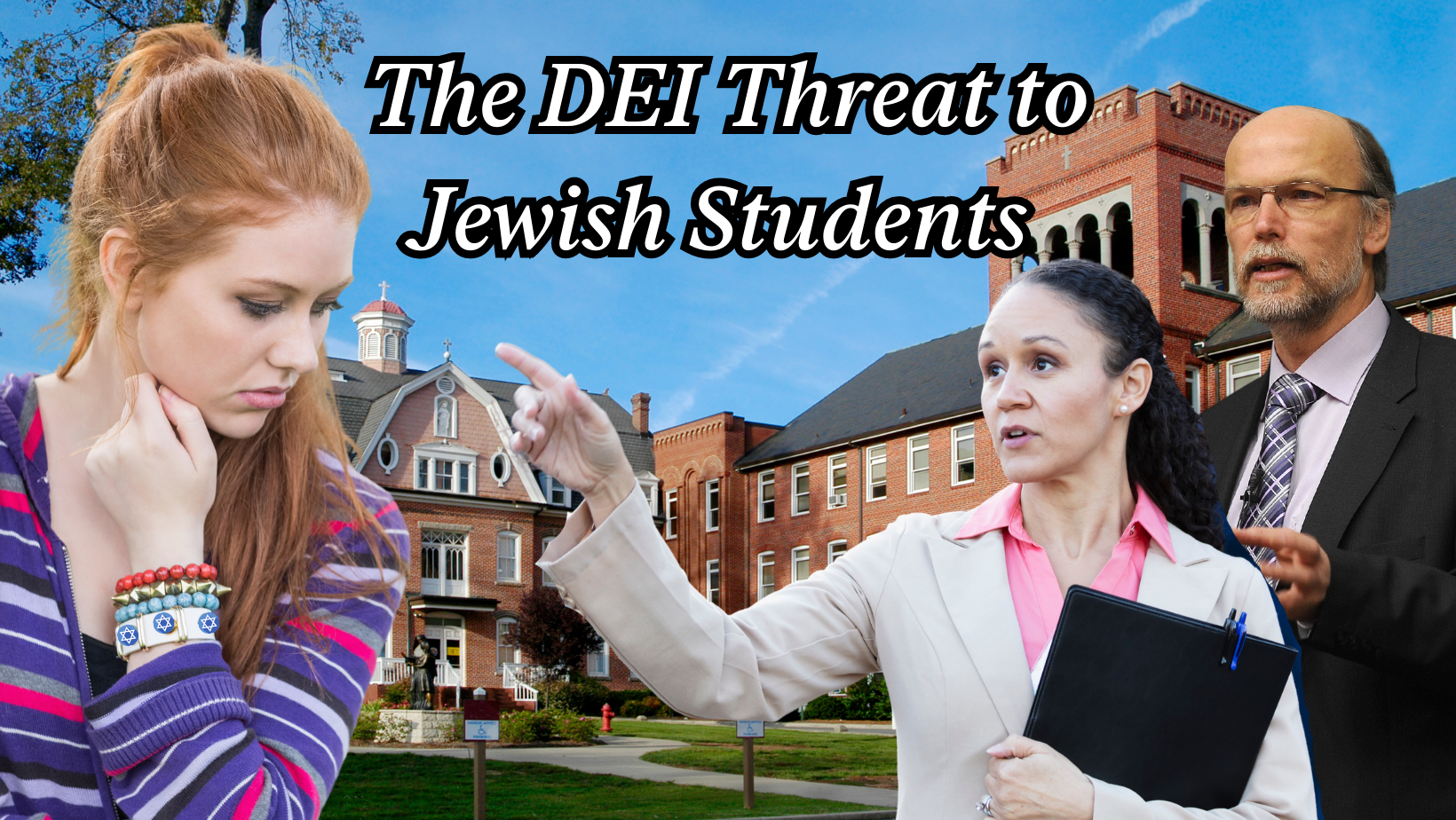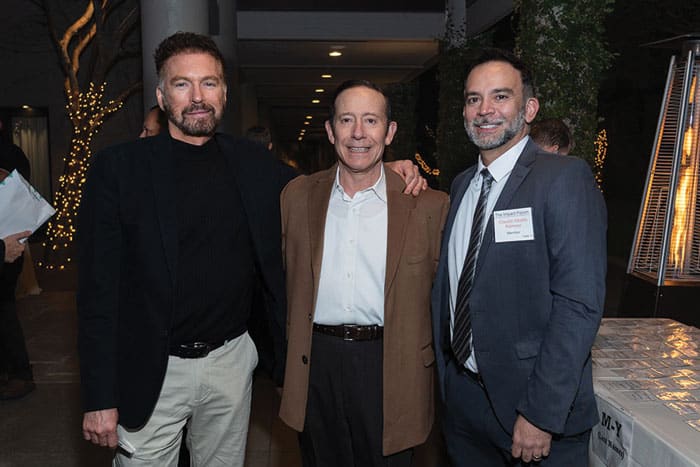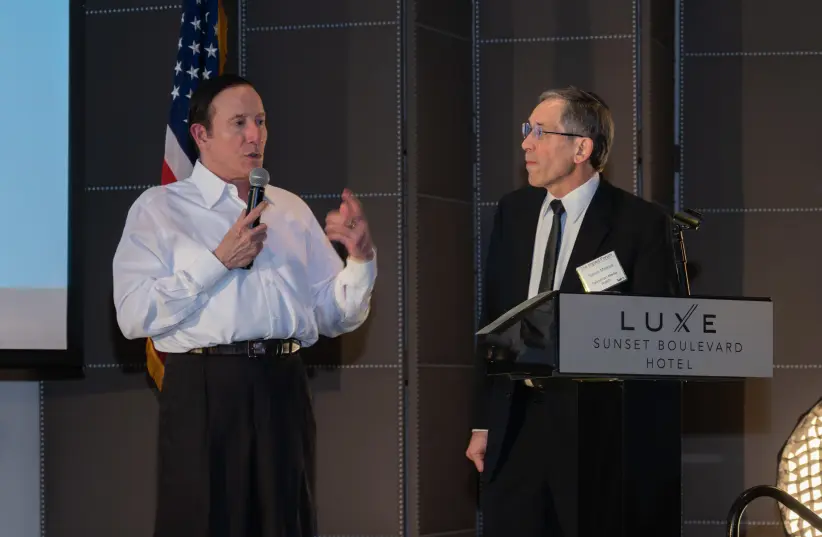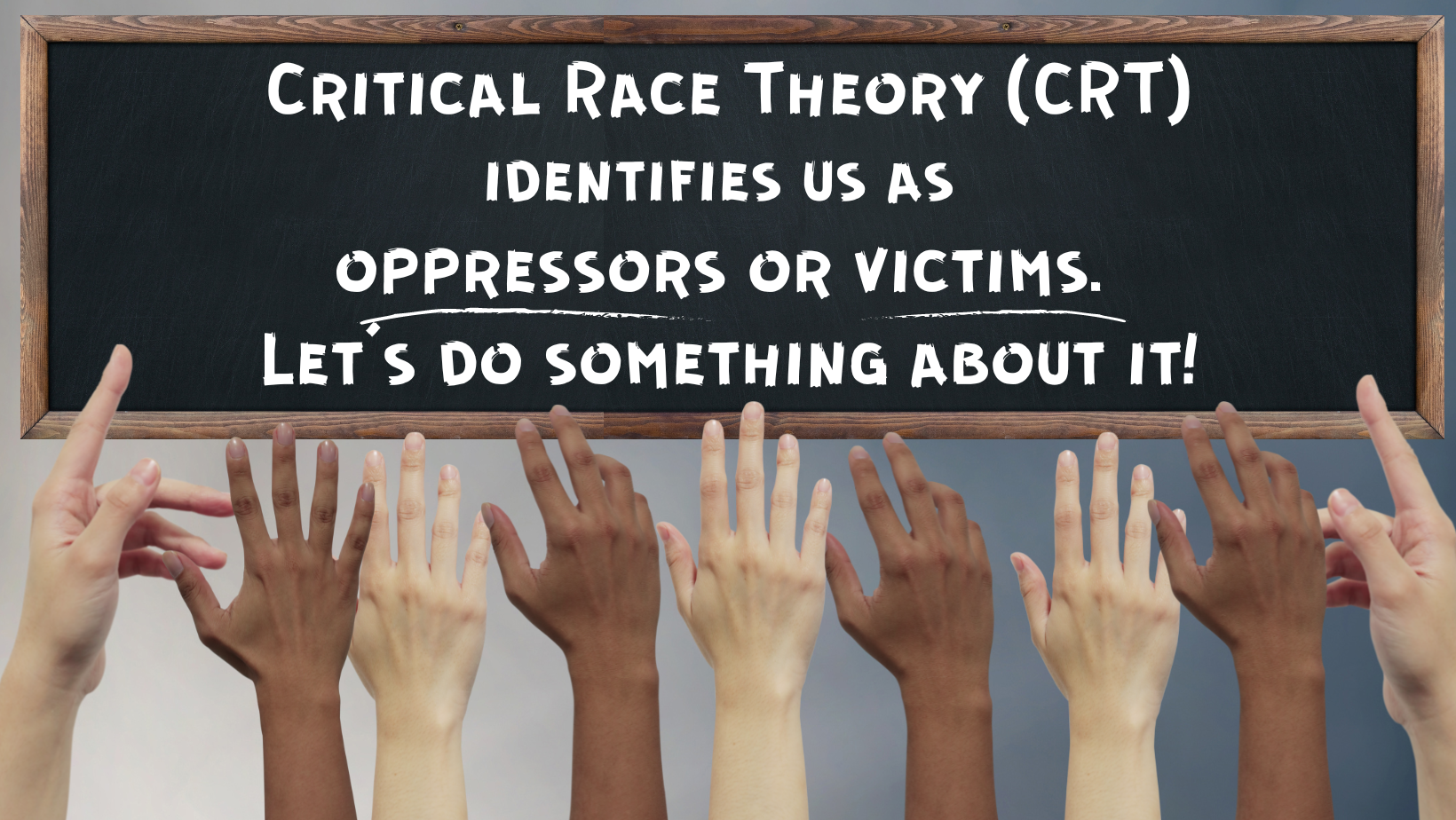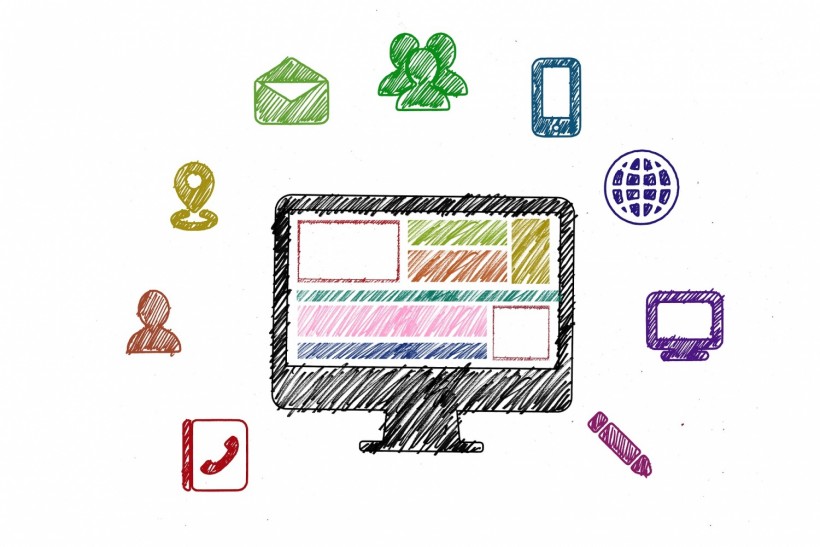This article was originally published in the Daily Caller on September 11th, 2023, written by Adam Milstein.
Many in the Jewish American community have their fair share of disagreements with the Anti-Defamation League’s (ADL) approach to fighting antisemitism. As others have pointed out, the legacy Jewish organization, which was established in 1913 to combat antisemitism, has become increasingly partisan over the last decade, hurting its ability to confront Jew-hate as effectively as it once did.
However, this past couple of weeks, the ADL has become the target of a vicious campaign of blatant antisemitism. And that is a problem. Following X (formerly Twitter) CEO Elon Musk’s allegation that the ADL is responsible for the bulk of the platform’s loss in advertiser revenue, the ADL is being strategically targeted by antisemites around the world.
Any frequent user of Twitter (and now X) has undoubtedly encountered the hashtag, #BanTheADL. Initially popularized by far-right figures, the hashtag’s prominence recently skyrocketed after Musk engaged with posts containing it.
But the hashtag, posted over 400,000 times between August 31 – September 6, isn’t just an attack on the ADL; it’s an attack on all Jews.
A quick glance at its usage reveals it to be nothing more than a thinly veiled assault on Jews, invoking virtually every single age-old antisemitic trope, canard, and outright lie to portray Jews as shadowy puppeteers manipulating global events, child molesters, Christ-killers, fake Jews, and racial supremacists. (RELATED: SHOSHANA BRYEN: Here’s What Really Lies Behind The Biden Admin’s Icy Israel Relationship)
For instance, one post alleges the ADL was “Birthed to defend a murdering child rapist, financed by mass murdering terrorists and organized crime, narcotic peddling, gun running, psychopaths.” Another post featuring the hashtag claims that “Zionism is the default ideology of the ruling class. It is a violent ethno-supremacist ideology.”
These narratives aren’t new, but their widespread acceptance today is alarming.
Whether Musk’s allegations against the ADL are true or not, one thing is crystal clear: antisemites are capitalizing on this quarrel to unabashedly spew hatred toward Jews. And Elon Musk, with his vast influence and 156,000,000 followers on X, has inadvertently given a platform to these poisonous voices, amplifying their incitement and reach.
Yet, while the far-right’s antisemitic agenda is evident, it’s essential to recognize that they aren’t the only culprits capitalizing on the Musk/ADL feud. In attempts to delegitimize Israel and the Jewish right to self-determination, far-left and Islamist activists have long targeted the ADL using the hashtag #DropTheADL.
This #DropTheADL Islamo-leftist campaign, which garnered a measly 1,600 posts and 17,000,000 potential views in the past year, seeks to demonize pro-Israel Jews by blaming the ADL for, among other evils, police brutality against the Black community and general oppression of minorities.
When the #BanTheADL hashtag gained traction in the past weeks, far-left and Islamist activists saw an opportunity to revitalize their dwindling antisemitic campaign. For example, on September 4th, notorious British academic and commentator for Iranian state-owned TV, David Miller, posted that the ADL is a “spy agency” targeting Arab, Muslim, and Palestinian activism since before Israel’s establishment. Another post claimed that “the FBI [is] being trained to represent the interests of Israel instead of the United States.”
As evidence that anti-Israel activists are trying to exploit the Musk/ADL controversy, a social media analysis shows that over 15,000 posts with the right-wing #BanTheADL hashtag also reference Palestinians, Zionism, and Israel – topics usually addressed by Islamo-leftist antisemitism, the promotors of the new “acceptable” form of 21st-century antisemitism. These posts have amassed over 800,000,000 potential views in just 6 days.
This highlights the widespread nature of antisemitism. And it clearly demonstrates how far-left, Islamists, and far-right ideologies unite in their hatred against the Jewish community. The horseshoe theory has never been clearer.
Many may not always agree with the ADL’s approach, but all Jews should realize that the motives behind the #BanTheADL and #DropTheADL hashtags are merely using the legacy Jewish organization as a proxy for attacking the Jewish people. As countless grassroots organizations combatting antisemitism have repeatedly underscored, antisemites, regardless of their political alignment, will exploit any chance to target Jews, masking their motives behind seemingly valid criticisms. (RELATED: JACOB OLIDORT: Here’s What The Left Gets Wrong About Benjamin Netanyahu’s Vision For Israel)
We must unite as a community and encourage Musk to recognize this unfortunate truth.
While Musk’s relationship with the ADL may be strained beyond repair, there are many other organizations combating antisemitism that can provide him with insights into the deep-rooted and multifaceted nature of this age-old prejudice. By engaging with various voices, Musk can gain a deeper understanding of the various manifestations of antisemitism and the importance of addressing it responsibly.
As we navigate these troubling times, it’s essential to be able to differentiate between legitimate criticism and veiled hatred, whether against a Jewish organization or the Jewish state, to ensure that the Jewish people remain safe and resilient in the face of this ever-growing threat.
Adam Milstein is an Israeli-American “Venture Philanthropist.” He can be reached at [email protected], on Twitter, and on Facebook

